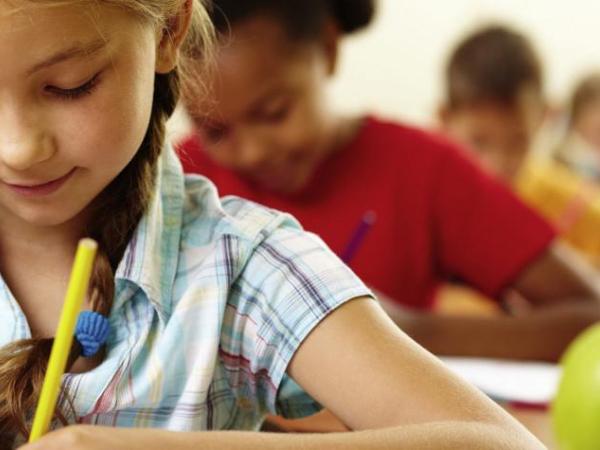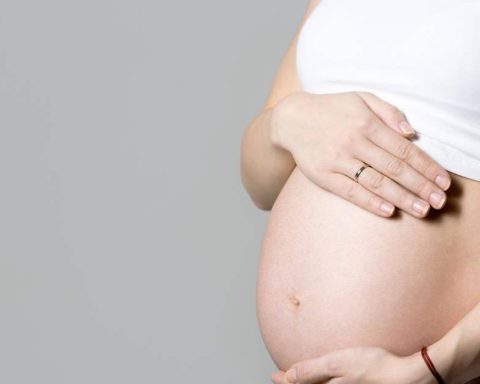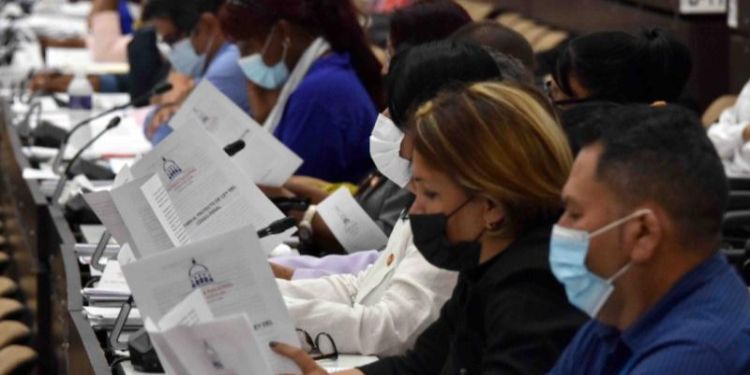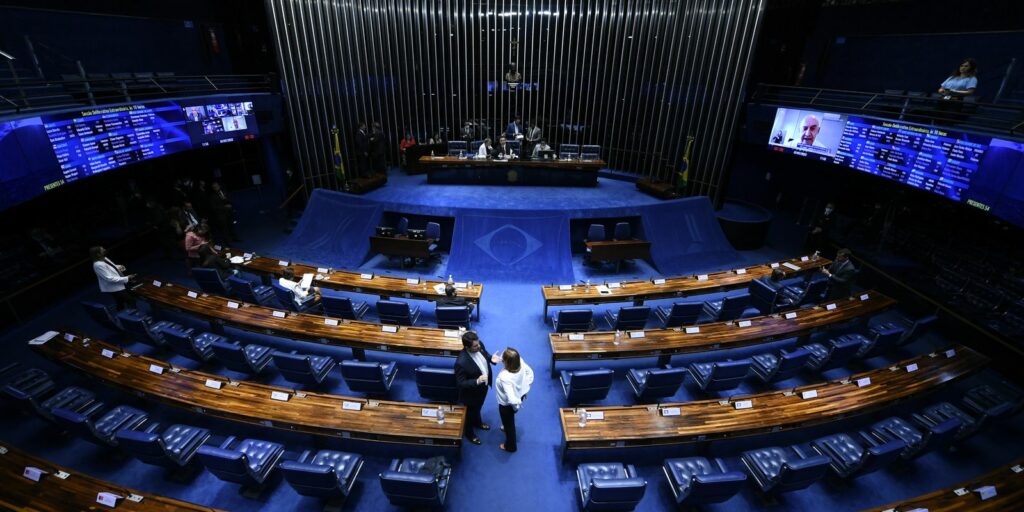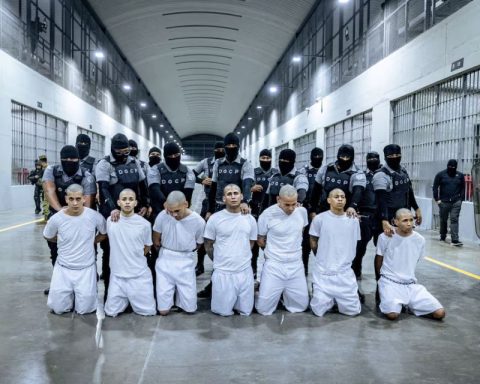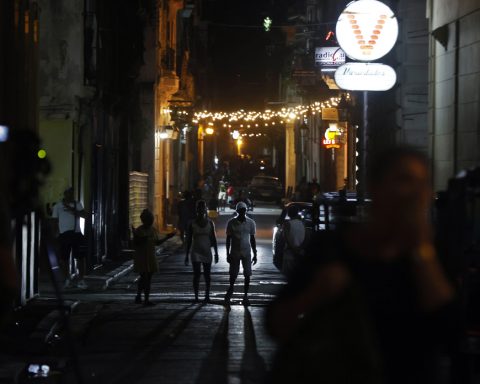the gaps in education are becoming more and more latent in the countryafter the different situations evidenced in recent years.
in the report What happened in education from 2018 to 2022? of the Entrepreneurs for Education Foundation (EXE), it is estimated that the goals set within the sector focused especially on access, which includes coverage and infrastructure, which has 19 of them.
However, coverage has been facing different trends in the last four years.
According to data from the Foundation, Gross coverage went from 104.4% in 2019 to 102.87% in 2021 and total net coverage decreased from 92.27% in 2018 to 91.9% in 2021.
In the breakdown of coverage by educational level, it was estimated that for transition, this was in 2018 at 64.06%, while it presented a reduction in the following years, reaching 2021 with 62.58%.
Additionally, for primary, the results were 90.63% in 2018 and closed 2021 with 88.17%. For secondary, the percentages presented an increase from 77.62% in 2018 to 79.99% for 2021.
Similarly, secondary education is positioned at 44.48% in 2018 and ended in 2021 with 48.73%. The foundation stated in this regard that, “Efforts and achievements must be maintained in secondary and middle school. And not to neglect the arrival of students to the first grades of the educational trajectory”.
Among the factors to be highlighted is the educational infrastructuretaking into account that, according to EXE, the four-year period was marked by a “high level of investment in infrastructure”presenting results of 5,050 new classrooms and in the case of improved ones, there were 1,792. “While between 2015 and 2018 $48,985 million were invested in improvements, between 2018 and 2022, $786,703 million were invested,” indicated in the document.
Additionally, it ensures that the Educational Infrastructure Financing Fund (FFIE)closed the four-year period with 536 new or expanded schools, 671 improvements in rural schools, and 12,555 new, improved, and specialized classrooms.
Other aspects that the balance shows is desertion, which went from 2.55% in 2020 to 3.62% in 2021.
On the other hand, the fail rate passed from 6.03% in 2020 to 8.20% in 2021 and the repetition rate was reduced, from 4.43% in 2020 to 4.22% in 2021.
Andrea Escobar, executive director of Fundación Empresarios por la Educación expressed that “In Colombia we have a dropout rate of over 3.6%, students who have disconnected. That is why we have to work on sizing up the learning lag, so that failure rates do not continue to grow.”
Regarding the quality of education through the Saber 11 tests, the Foundation states that the overall score The average test has decreased over time, due to the learning gaps by sector and area that widened after the covid 19 pandemic.
The results indicate that by 2021, in the official sector, the rural area obtained a score of 223, while urban areas closed with 246 points.
for the sector unofficial scores were presented 297 for rural and 272 for urban.
In front of the teachers it is assured that in the four-year period there was only one teaching contest, 88,937 people registered for the different positions, of which 87,495 were enabled and 31,838 approved to date.
According to EXE Educational Management Observatory, educational enrollment for 2021 was 9.76 million.
Faced with the disaggregation of students by sector, It was estimated that for this same year 80.19% of the students belong to the public sector, while 19.89% are part of the private sector.
Similarly, 75.58% are part of urban areas, while 24.42% belong to rural areas.
In terms of venues, the observatory states that there are a total of 53,066 educational institutions, of which 43,727 belong to the public and some 9,339 are part of the private sector.
BRIEFCASE
